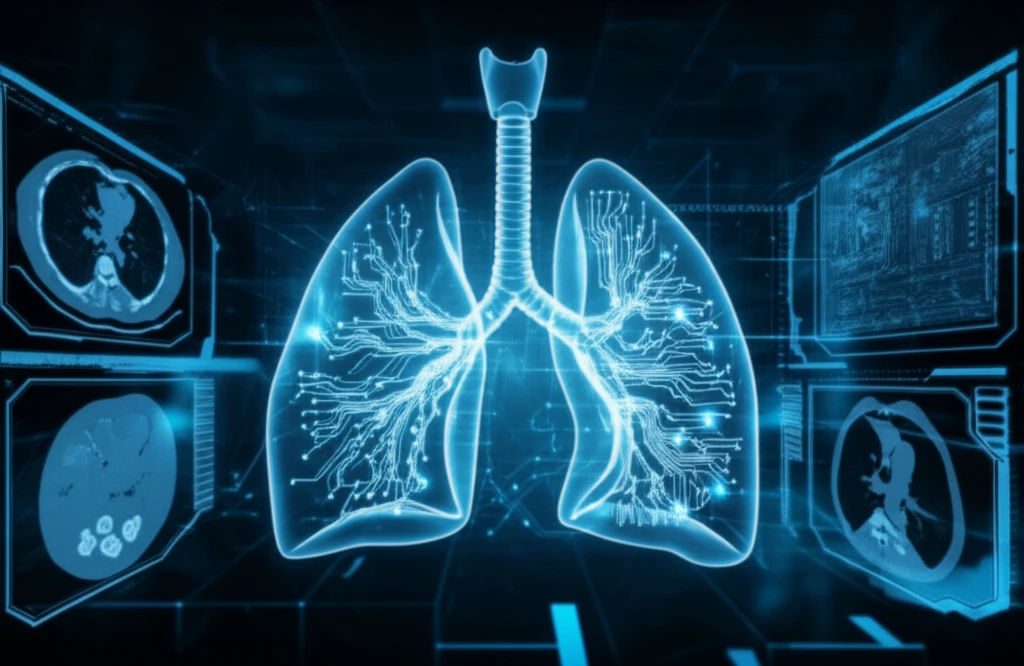
Lung Cancer Treatment: New Insights and Advanced Techniques
"From Radiomic Features to Adaptive Therapy: Navigating the Latest Innovations in Lung Cancer Care"
Lung cancer remains a significant global health challenge, with millions affected worldwide each year. Despite advancements in treatment, it is crucial to continuously improve diagnostic and therapeutic strategies. This article explores the latest developments in lung cancer treatment, focusing on innovative techniques that promise to improve patient outcomes and enhance the quality of care.
The journey of treating lung cancer is complex, involving a multidisciplinary approach that incorporates advanced imaging, personalized medicine, and targeted therapies. This article delves into several key areas, including the analysis of radiomic features from imaging data, the implementation of adaptive treatment strategies, and the use of machine learning to improve dose calculations. By examining these breakthroughs, we can gain a deeper understanding of how these advancements are transforming the landscape of lung cancer care.
The goal of this article is to provide a comprehensive overview of these advancements, offering insights into the challenges and opportunities that arise from these cutting-edge approaches. This includes examining the strengths and limitations of each technique, as well as discussing the potential impact on patient care and survival rates. Through this exploration, we aim to inform and educate healthcare professionals, patients, and anyone interested in the latest advancements in lung cancer treatment.
Decoding Lung Tumors: The Role of Radiomic Features in Lung Cancer

Radiomics, the extraction and analysis of quantitative features from medical images, is gaining traction as a valuable tool in oncology. In lung cancer, radiomic features derived from computed tomography (CT) scans are being used to characterize tumors, predict treatment response, and monitor disease progression. Researchers are exploring how various radiomic features, such as shape, texture, and intensity, can provide insights into tumor behavior and help guide treatment decisions. The robustness of these features is a critical consideration.
- Radiomic features extracted from medical images provide quantitative data on tumor characteristics.
- Shape features are often more stable than other feature types.
- Respiratory motion can significantly impact the stability of some radiomic features.
- Feature stability is crucial for the reliability of radiomic analysis.
The Future of Lung Cancer Care
The advancements in lung cancer treatment, from radiomics to adaptive therapy and machine learning, are promising. As technology continues to evolve, further research and clinical trials will be crucial to refining these techniques, improving patient outcomes, and enhancing the quality of life for those affected by lung cancer. These advancements underscore the importance of staying informed about the latest breakthroughs in oncology, with the ultimate goal of improving the lives of patients and their families.
